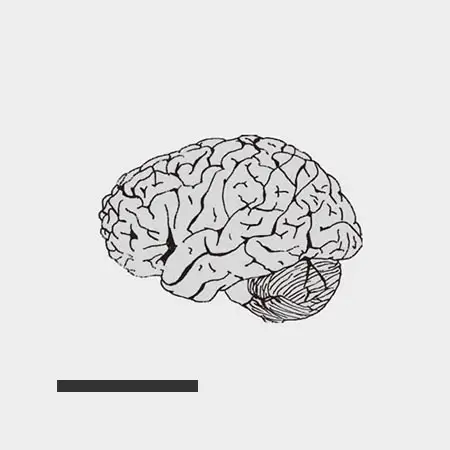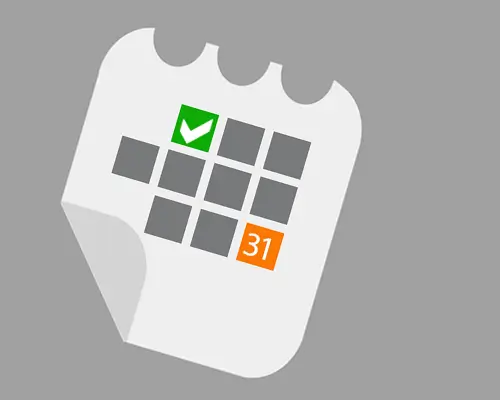
Management of TIA - a Mini-Stroke -
Transient ischemic attack (TIA), a mini-stroke, is a brief disruption of blood flow to the brain resulting in transient neurological symptoms. Even though the symptoms are short-lived, TIAs should not be ignored as they serve as warning signs of an underlying vascular pathology.
A TIA, a Mini Stroke, is resulted from brief clogging of blood vessels or reduced blood flow to a part of the brain, resulting in sudden and temporary neurological dysfunction. The risk factors for TIAs are similar to those of a full-blown stroke and include high blood pressure, diabetes mellitus, Tobacco consumption, dyslipidemia, and atrial fibrillation.
The Signs & symptoms are alike to those of a stroke; however, symptoms disappear within 24 hours. These symptoms may include sudden weakness or numbness on one side of the body, trouble in speaking or understanding speech, loss of vision in one or both eyes, and dizziness or loss of balance in varying degree of severity.
Bottom line, our Todays take away - TIAs are warning signs of an increased risk of stroke. Early recognition, rational evaluation, and comprehensive management are crucial to prevent long-term complications and reduce the risk of subsequent strokes. Individuals who experience symptoms of a TIA must seek immediate medical attention to receive appropriate evaluation and preventive measures.
